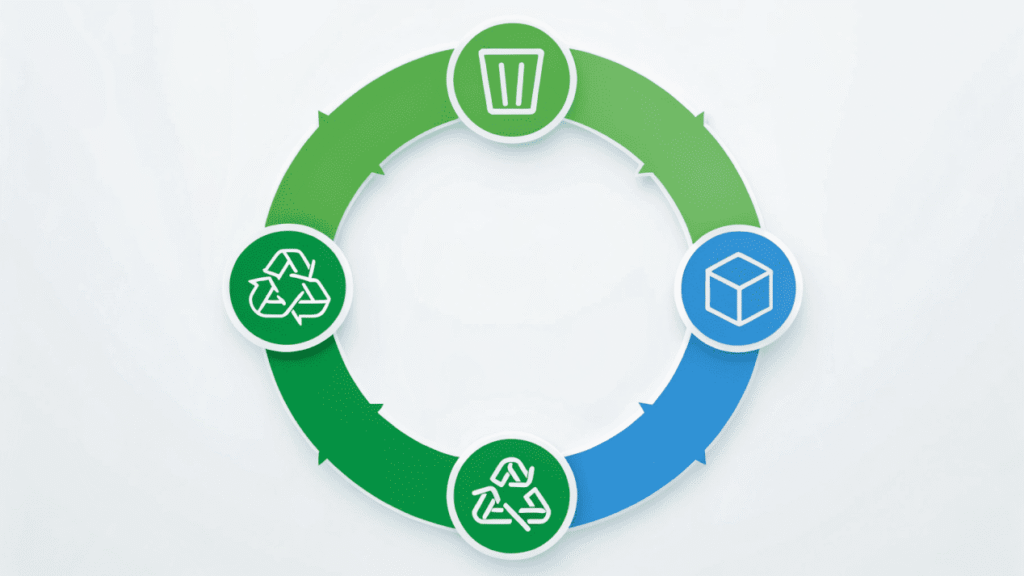Choosing "eco-friendly" packaging is confusing. You pick a "green" option, but worry you might be accidentally misleading customers or even causing more harm than good.
The true environmental impact is the sum of its entire lifecycle: its carbon footprint during creation, what actually happens to it after use, and how it complies with new global regulations.
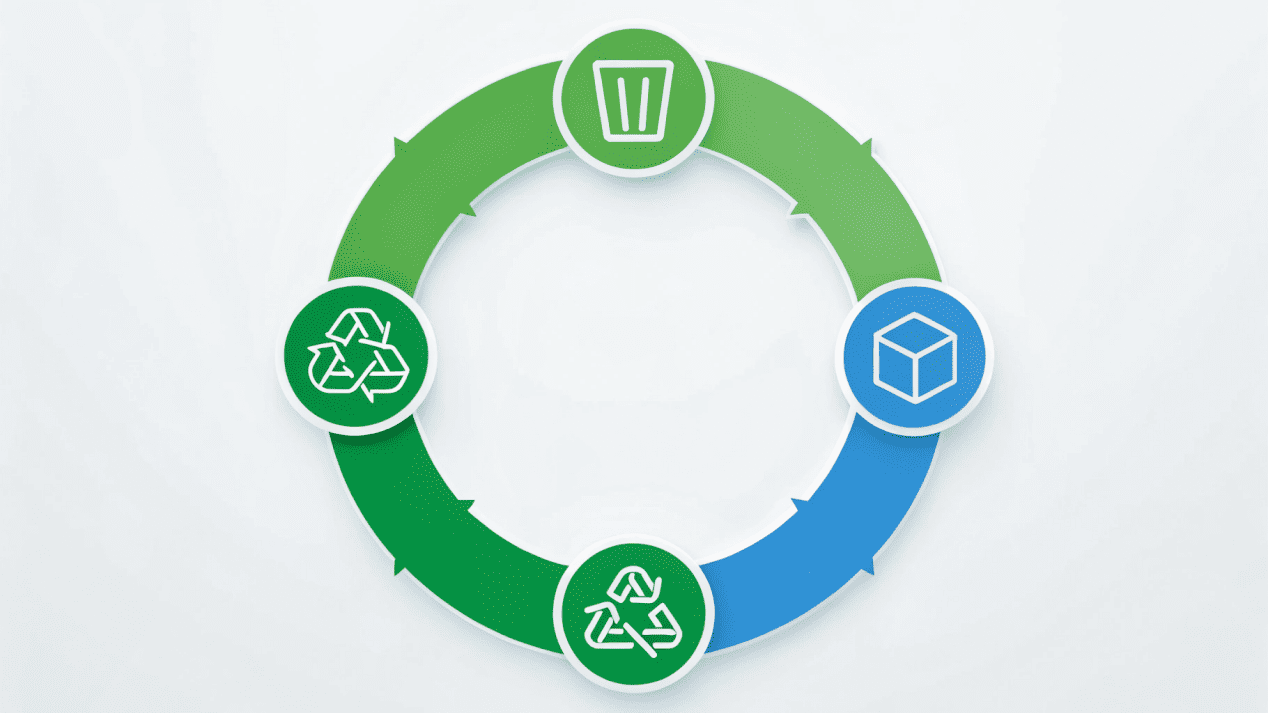
A client recently told me, "Jonh, I switched to compostable cups to be green." I asked him, "That's great, but does your city have an industrial composting facility?" He had no idea. He was shocked to learn that without one, his "eco-friendly" cups were just going to a landfill like everything else. This is a common story. Making a truly responsible choice means looking beyond the label. It means understanding the full journey of your packaging, from start to finish. Let's walk through that journey together.
Which Material Leaves the Biggest Carbon Footprint?
You want a low-carbon option but don't know how to compare paper, plastic, and bioplastics. Choosing based on assumptions can mean your packaging has a higher footprint than you think.
Generally, paper has a lower carbon footprint. Plastics are higher due to fossil fuel production. Glass is often the highest due to intense energy use. Bioplastics are complex, with footprints from agriculture.
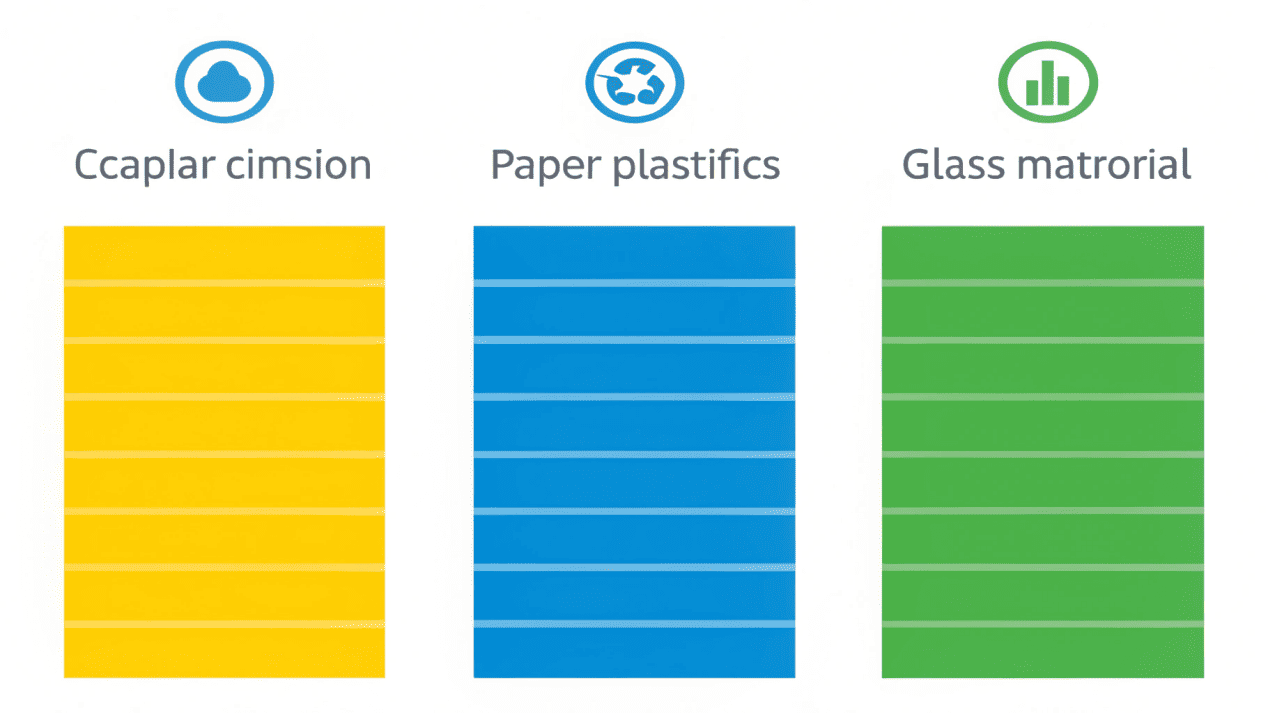
As an engineer, I see a carbon footprint as an energy bill for a material's entire life. It starts with sourcing the raw materials and ends with its disposal. It's not always intuitive. You might think glass is eco-friendly because it's endlessly recyclable, but making it from scratch requires massive amounts of heat, and its heavy weight burns more fuel during transport. In contrast, paper starts from a renewable resource—trees—and its manufacturing is less energy-intensive. Plastics fall in the middle; they are lightweight, which helps with transport emissions, but their raw material is fossil fuel. And bioplastics like PLA have their own footprint from farming the corn or sugarcane they're made from. The lowest number isn't always the best overall choice, but understanding these initial costs is the first step.
Comparing Carbon Footprints
| Material | Typical CO2e per kg of material | Key Reason for Footprint |
|---|---|---|
| Paper/Paperboard | Around 1.5 kg | Lower energy production from a renewable source. |
| Plastics (PET, PP) | 3 to 5 kg | Energy-intensive production relies on fossil fuels. |
| Glass | Very high (varies widely) | Extremely high heat needed for production; heavy weight for transport. |
| Bioplastics (PLA) | Complex, includes farming | Agriculture (fertilizer, water, land use) has its own emissions. |
Recycle, Compost, or Landfill: Where Does Your Packaging Actually Go?
You chose a 'recyclable' or 'compostable' cup, but you feel frustrated that it might just end up in a landfill anyway, defeating the purpose and your investment.
A material's fate depends entirely on local infrastructure. 'Recyclable' is useless without a facility to process it. 'Compostable' often requires industrial composting, which most areas lack. Contamination also sends many items to landfills.
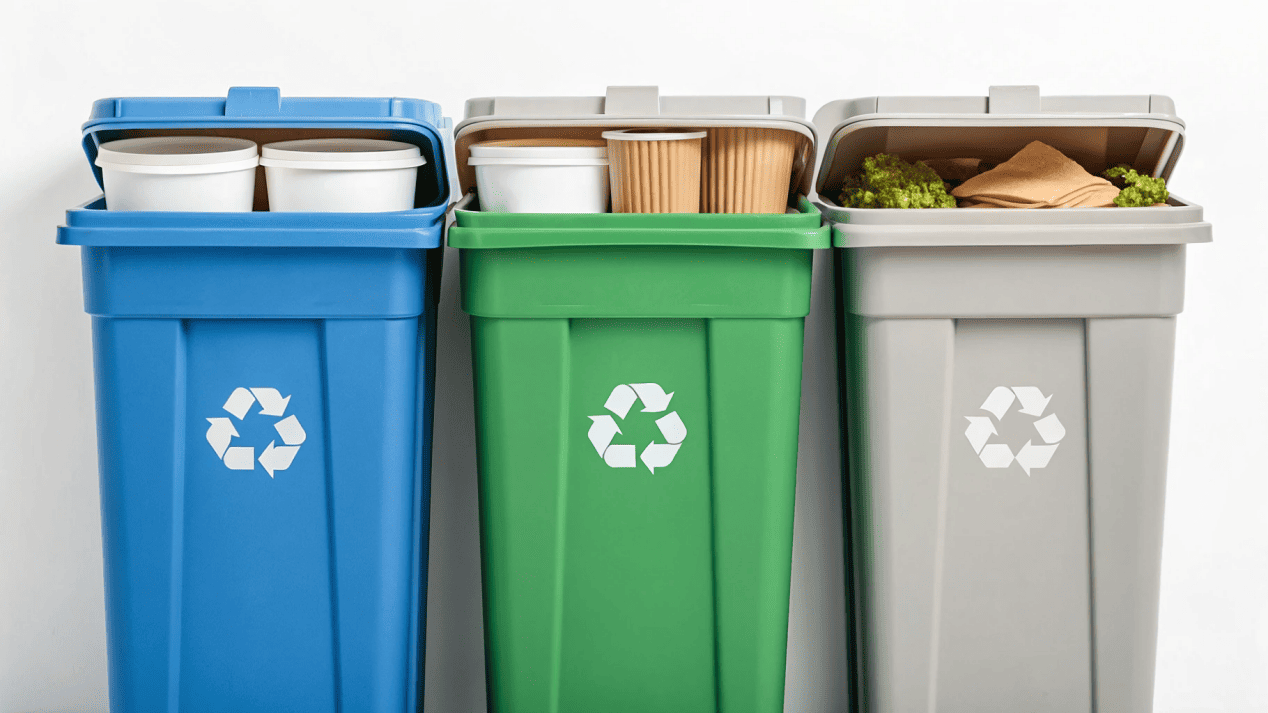
This is the most critical part of the puzzle. The "end-of-life" reality can completely change a material's environmental score. Let me be direct: a "recyclable" label doesn't mean it will be recycled. If a customer throws a paper cup with leftover liquid into the recycling bin, the whole batch might get contaminated and sent to a landfill. Likewise, PLA and bagasse are fantastic materials, but they are "commercially compostable." They will not break down in a landfill or a backyard compost pile. They need the high heat of an industrial facility. If your customers don't have access to one, that compostable cup effectively becomes trash. This is why when I consult with clients, my first question is always about their specific city's waste management system. The "best" material for a cafe in San Francisco (with great composting programs) might be different from one in a city without those facilities.
Are New Packaging Regulations Going to Affect Your Business?
You keep hearing about new laws banning plastics and requiring recycling. You're worried you might get fined or be forced to switch your packaging with little notice.
Yes, major regulations are coming. In the EU, all packaging must be recyclable by 2030. In the US, states like California are making producers financially responsible for packaging waste.
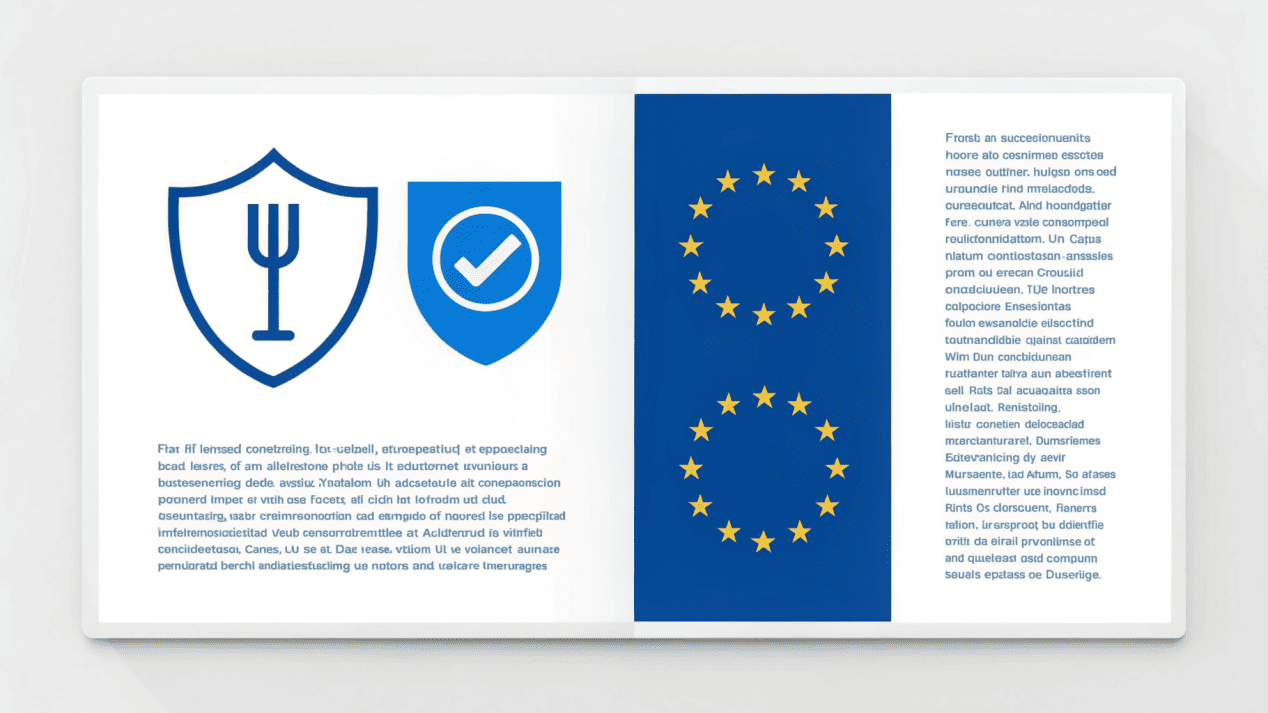
The map of rules is changing fast, and my job is to help my partners stay ahead of it. For years, the focus was just on food safety. Now, governments are forcing us to manage the environmental impact. In Europe, they have the Packaging and Packaging Waste Regulation (PPWR). This is a huge deal. It basically says that by 2030, all packaging must be recyclable, and it puts strict limits on what can be used. They've already banned many single-use plastic items like plates and cutlery. In the US, it's happening at the state level. States like California, Oregon, and Maine are passing Extended Producer Responsibility (EPR) laws. This means that as the producer, we have to pay a fee to help fund the recycling and disposal of the packaging we create. The message is clear: the old "make it, sell it, forget it" model is over. We are now responsible for the entire lifecycle, and we design our products with that in mind.
What's Next? Is Seaweed and Mushroom Packaging the Future?
You're tired of the standard paper and plastic options. You're looking for a truly innovative, next-generation material that can set your brand apart and tell a powerful story.
The future is in upcycled and intelligent materials. Innovators are creating packaging from mushroom roots, seaweed, and fruit seeds. Others are developing smart films that change color to show when food is spoiling.
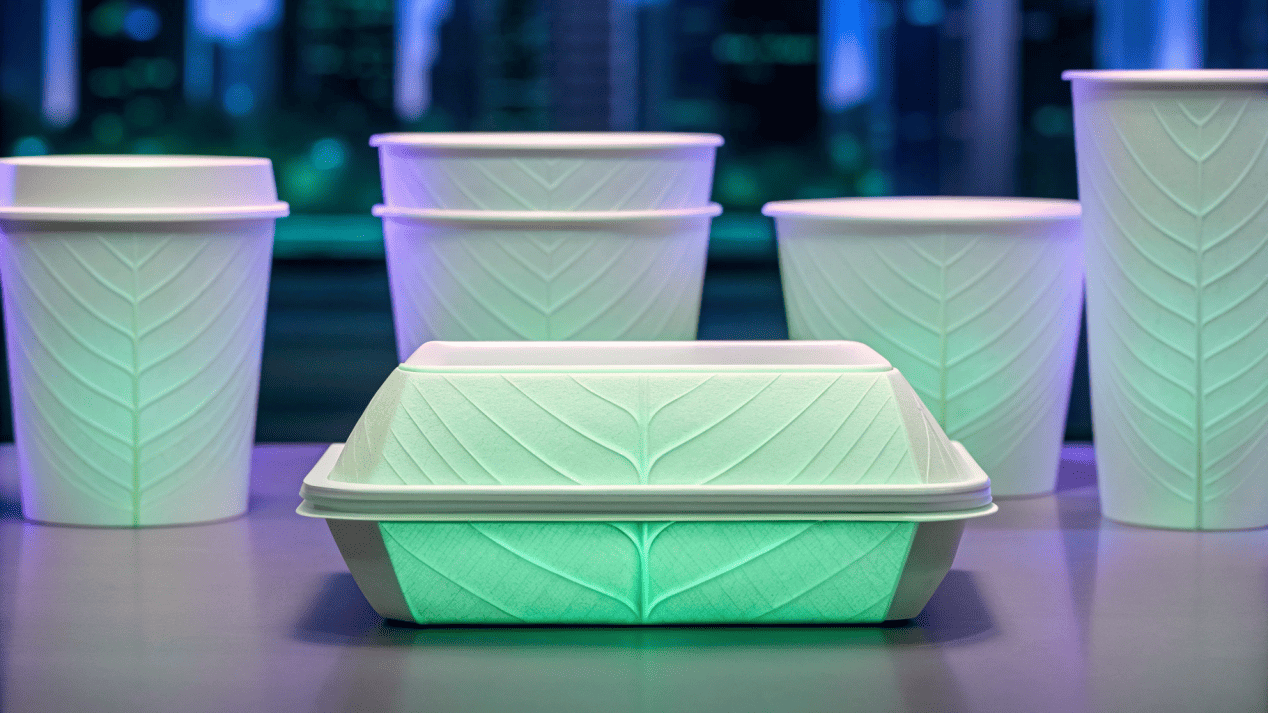
This is the part that excites me as an engineer. The challenges we're facing are forcing incredible innovation. We're moving beyond just paper and plastic. I'm following developments in upcycled materials, where people are taking agricultural waste—things that would normally be thrown away—and turning it into packaging. Imagine a container grown from mushroom mycelium, or a waterproof film made from seaweed. These aren't just ideas; they are becoming real products. Another exciting area is "intelligent" packaging. Scientists are creating materials that do more than just hold food. For example, a wrap that changes color when the meat inside is no longer fresh. This could dramatically reduce food waste, which is another huge environmental problem. While these technologies are still new and often expensive, they show where the industry is heading: a future where packaging is part of a truly circular and sustainable system.
Conclusion
The true environmental impact of packaging is complex. A responsible choice means balancing carbon footprint, real-world disposal, and new regulations to find the best solution for our planet.
